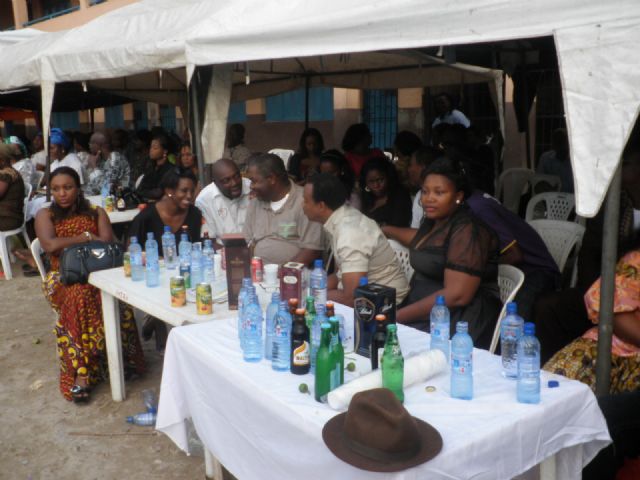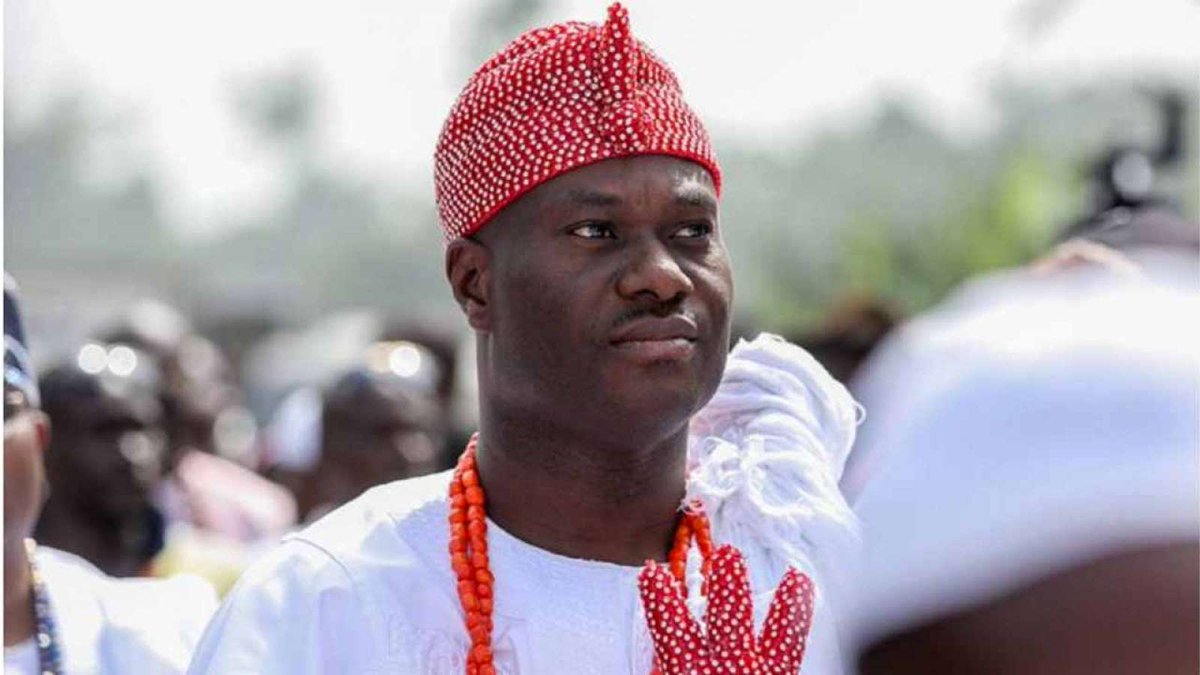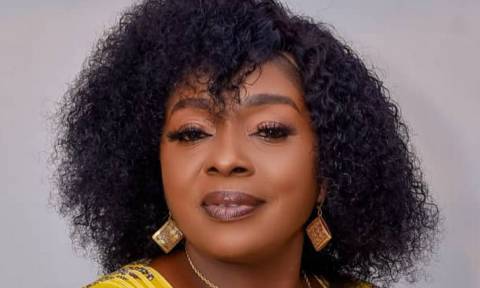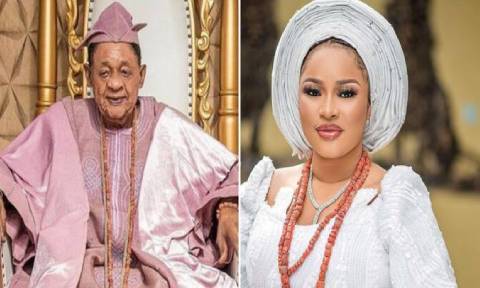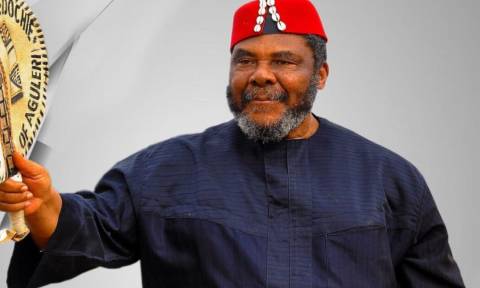
African arts are holistic in concept, a phenomenon that refers to the fact that both the arts of performance/theatre and the visual arts are usually represented in a typical African festival presentation. Often the forms of drama, dance and music are performed together. Akin Euba (1982,233) attests to this when he submits that perhaps it is typical of African cultures that religion, art, music, dance and drama are best fused, maintaining in their inescapable repetition a constancy and harmony rarely encountered elsewhere in the world In spite of this inextricable link, dance art is usually very prominent. It represents a vital aspect of ways in which people individually and collectively express themselves. It has strong significance as a socio-cultural phenomenon in its aesthetics and meaning. Over time the contemporary theatre scene has tapped significantly into this traditional theatrical experience. Soyinka (1982,241) captures this when he says; more of the highly developed societies are turning to the so-called ‘primitive’ forms of drama as representing significant dramatic forms for contemporary society.
It is in this adaptation and return to the roots for source materials for most theatrical productions especially dances that most of the Nigerian dances are seen to exhibit traditional African characteristics. It is in the course of this that change and continuity are noticeable.
